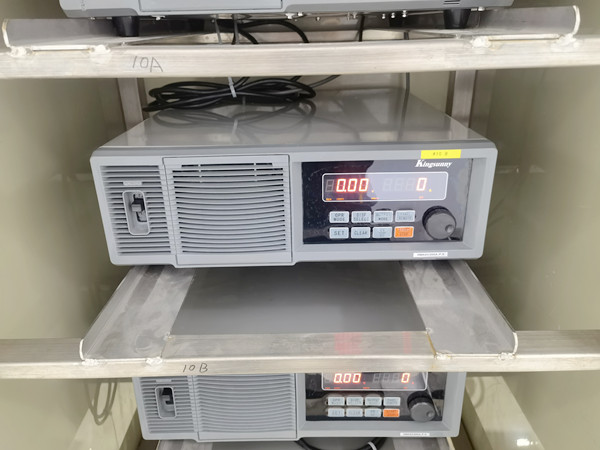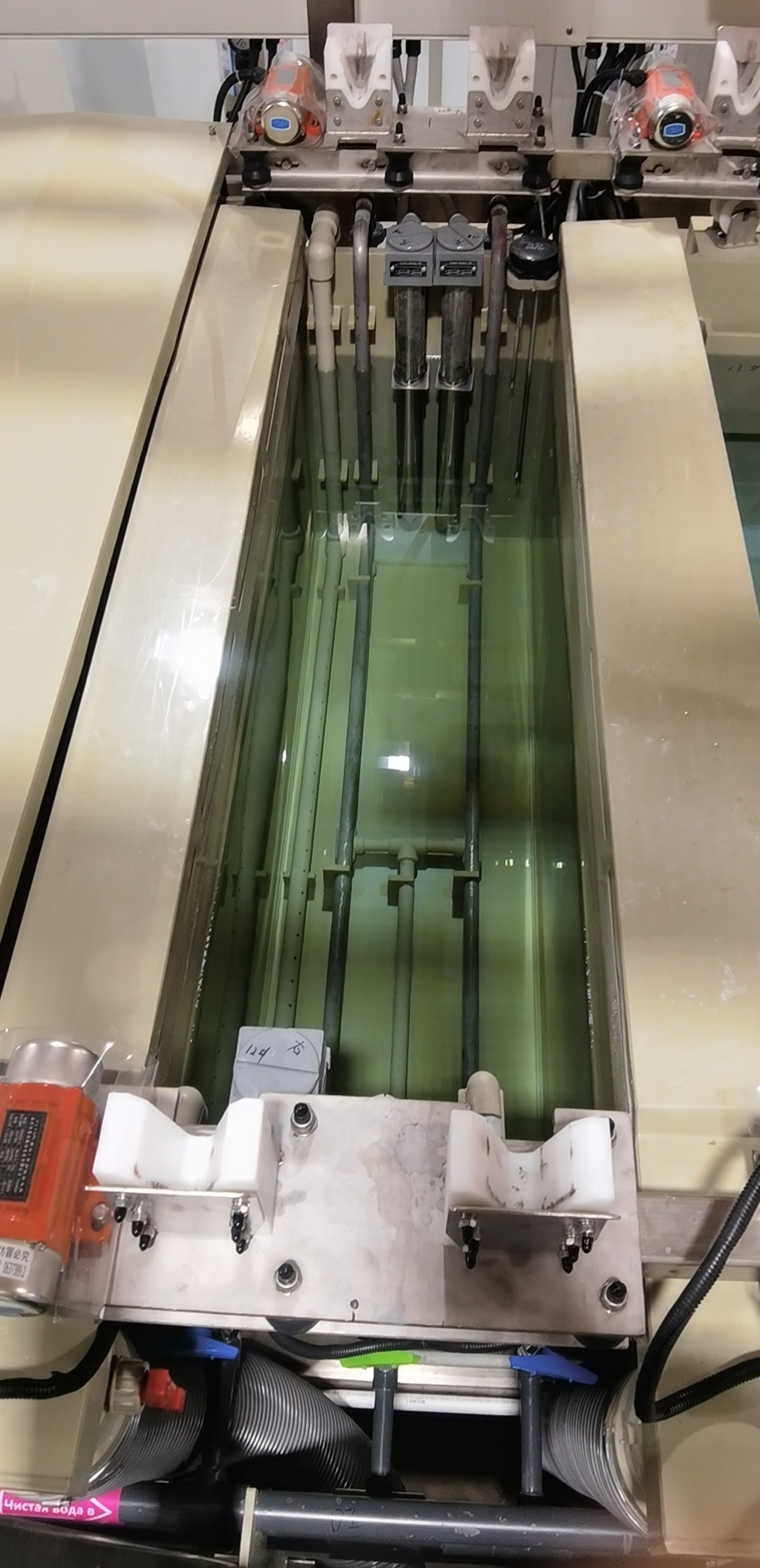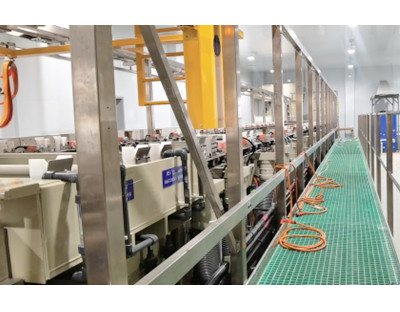Electroplating is an electrochemical machining process. The factors of power supply will have a direct impact on the electroplating process. Electroplating power supply plays an important role in the electroplating process. The application of electroplating power supply and low ripple coefficient rectifier power supply in electroplating industry helps colleagues in electroplating industry in selecting rectifier power supply, solving electroplating faults and improving electroplating quality.
1, Switching power supply
Switching power supply has the advantages of smooth waveform of silicon rectifier and convenient voltage regulation of silicon controlled rectifier. It has high current efficiency and minimum volume. The high-power switching power supply with thousands of amperes to tens of thousands of amperes has entered the production and practical stage. The frequency of switching power supply has reached audio frequency, and it is easier to realize low ripple output by filtering. Moreover, the functions of current stabilization and voltage stabilization are easier to realize. Therefore, switching power supply is the future development direction.
2, Basic type of rectifier
Silicon rectifier: silicon rectifier has a long history of use and mature technology. At present, it is the mainstream product of rectifier. All kinds of rectifier circuits obtain pulsating DC, not pure DC. In order to compare the number of pulsating components, it is generally expressed by ripple coefficient. The smaller the value is, the less the AC component is, and the closer it is to pure DC. The fluctuation coefficients of various rectifier circuits are different. The order from large to small is: three-phase half wave rectifier, three-phase full wave bridge rectifier or six phase double inverse star rectifier with balance reactor. The thyristor is an ordinary thyristor rectifier that adjusts the average DC output by changing the conduction angle of the thyristor. The thyristor outputs intermittent pulse wave. Its ripple coefficient is controlled by the conduction angle, and the output ripple coefficient is greater than that of the ordinary silicon rectifier circuit.
3, Influence of electroplating power supply on electroplating process
The waveform of DC power supply has a prominent impact on the quality of electroplating. Among various electroplating processes, chromium plating is one of the most affected by the waveform of power supply. Low ripple DC power supply must be used for chromium plating, otherwise the bright range is narrow, and the coating is easy to be scratched and gray. When high-efficiency hard chromium plating additives are used, micro crack chromium layer is generated. When the output ripple is too large, the cracks are not fine and distributed unevenly, which can not meet the required number of cracks.
There is a rule for bright copper plating: the higher the cathode current density, the better the brightness and flatness of the coating; The lower the current density, the worse the brightness and flatness. Try to expand the bright range of low current density area and reduce the brightness of high current density area at the same time. In practice, using the same formula, process conditions and brightener, the brightness levelness and brightness range may be greatly different, which is closely related to the output ripple coefficient of the DC power supply.
Bright nickel plating does not require as high the ripple coefficient of rectifier output as chromium plating and bright acid copper plating, but it does need to use ordinary low ripple output DC power supply to ensure the quality of bright nickel plating and the quality of subsequent chrome plating.
Sulfate bright acid tin plating itself is a kind of plating that is not easy to be plated. The reason is that impurities are easy to be introduced into large-scale production and it is difficult to deal with (including tetravalent tin ions), and the allowable temperature range is narrow. At present, most brighteners are not ideal. This process also requires the use of low ripple coefficient DC power supply, otherwise similar faults will occur to bright acid copper plating.
Temperature rise of plating solution: DC power supply and pulse power supply with large ripple coefficient tend to accelerate the temperature rise. The larger the ripple coefficient is, the larger the harmonic component is, which can generate a large amount of ohmic heat and speed up the temperature rise of the bath. The use of smooth DC is conducive to reducing the bath temperature. Influence of rectifier load rate on ripple coefficient: the closer the working current is to the rated current of rectifier, the smoother the waveform is. When selecting rectifier, the rated output power supply voltage shall be selected according to the process requirements to approach the maximum demand value, so as to ensure that the output ripple coefficient of rectifier power supply is always kept at a low value.
4, Pulse power supply equipment
The pulse power supply is mainly controlled by an embedded single-chip computer. Therefore, in addition to realizing pulse output, it generally has a variety of control functions.
(1) Automatic current and voltage stabilization. The current or voltage of traditional silicon rectifier can not be stabilized automatically and fluctuates with the fluctuation of power grid voltage. The pulse power supply has a high-precision automatic regulation function, and the output voltage of the pulse power supply can be almost unchanged. The automatic regulation function of pulse power supply generally has two modes: first, constant current and voltage limiting mode. 2、 Constant voltage current limiting mode.
(2) Multi stage operation mode. Aluminum anodizing or hard chromium plating often requires reverse electrolysis, high current impact, step power transmission and other operations. The pulse power supply with multi-stage operation mode only needs to be set in advance, and can be automatically adjusted in sequence during production. This function is very useful for hard chromium plating. The setting can be adjusted within 0 ~ 255 seconds each time.
(3) Bidirectional pulse function. Positive and negative pulse frequency, duty cycle and positive and negative output time can be adjusted independently, which is flexible and convenient to use. With hard chromium plating process, coatings with different physical properties can be obtained.
(4) DC superposition function. At the same time of outputting forward and reverse pulse current, a pure DC component is output by the same power supply, which widens the application range and purpose of the pulse power supply.
Summary: To sum up, for electroplating, except for hard chromium plating, silicon controlled rectifier is more stable than high-frequency power supply. Other electroplating generally uses high-frequency pulse power supply. At this stage, chromium plating also uses high-frequency pulse, because the conversion rate of thyristor is too low and the power consumption is too large, so it is not cost-effective. There are also some high-quality nickel plating. Generally, the output also needs to be filtered. Only the output of ordinary conventional power supply is filtered, and some even the input is not filtered.







 Mar. 07, 2022
Mar. 07, 2022 



